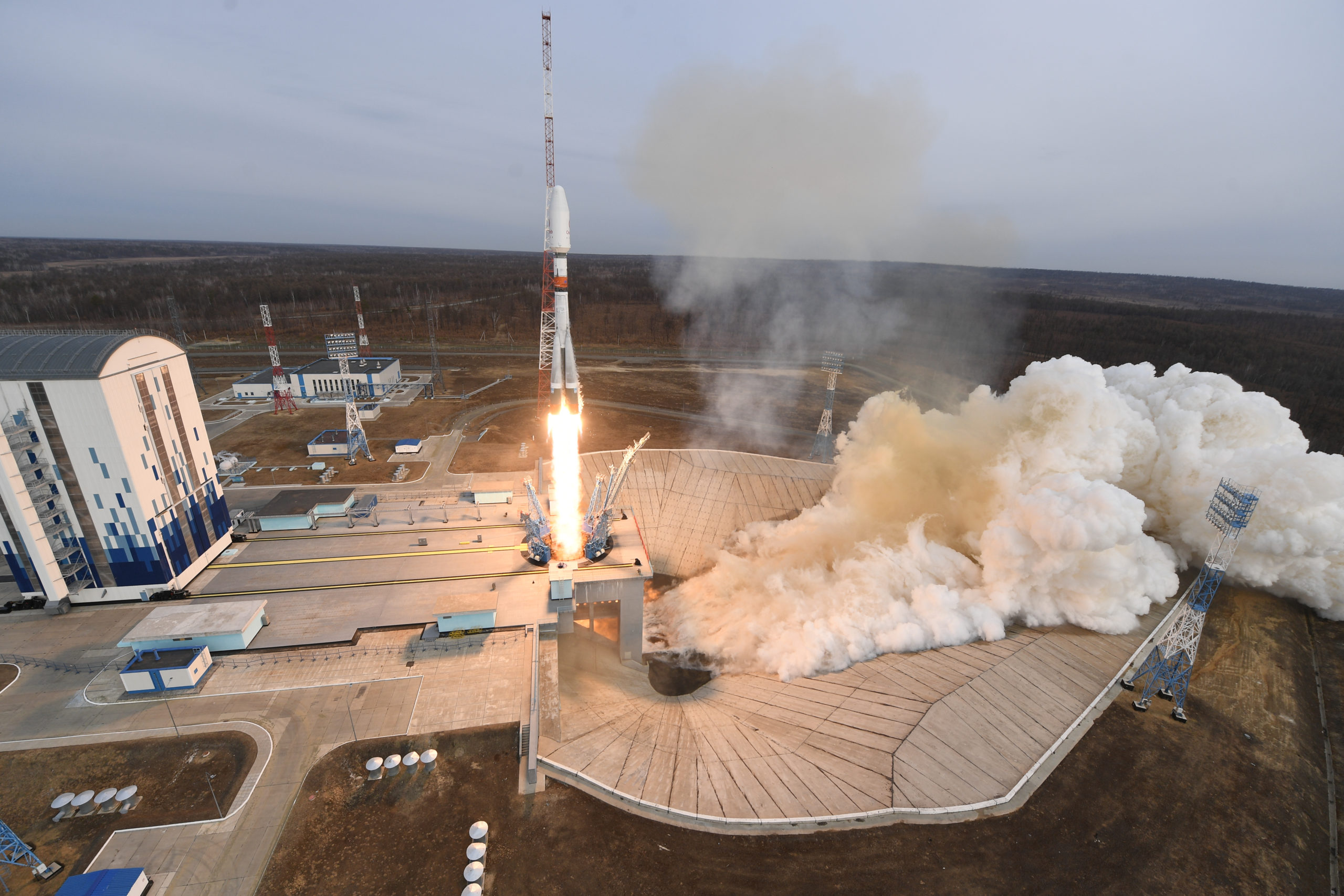A new batch of satellites brings widespread Arctic broadband closer to reality
It's the third of five launches aimed at providing service north of the 50th parallel.

British communication company OneWeb launched 36 more communications satellites into orbit late Sunday evening by a Soyuz rocket from Russia’s Vostochny cosmodrome.
It follows similar launches last month and late last year.
The satellites are part of a planned fleet of 648 Low Earth Orbit communication satellites required to cover the globe. More interesting for people, shipping and businesses up north is the soon operational network covering all regions north of 50 degrees latitude. Those satellites are expected to be up by the end of June and services are set to be online from the end of this year.
“We get ever closer to bringing our connectivity services to some of the world’s hardest to reach places,” said Neil Masterson, CEO with OneWeb.
“With this third successful launch in our ´Five to 50´program, we are rapidly building momentum,” Masterson said in the company’s press statement.
The program will enable OneWeb to offer broadband services from space to Alaska, Canada, Northern Europe, Greenland, Iceland and the Arctic Ocean.
Internet speeds via Iridium satellite links have so far been limited the further north you travel. With increased shipping, and more technology-based industries, demand for commercial satellite-based high-speed communication in the Arctic is set to grow.
In the start, OneWeb will offer coverage to fixed receivers in the Arctic, but from next year, mobile services will be available for use onboard ships sailing at high latitudes.